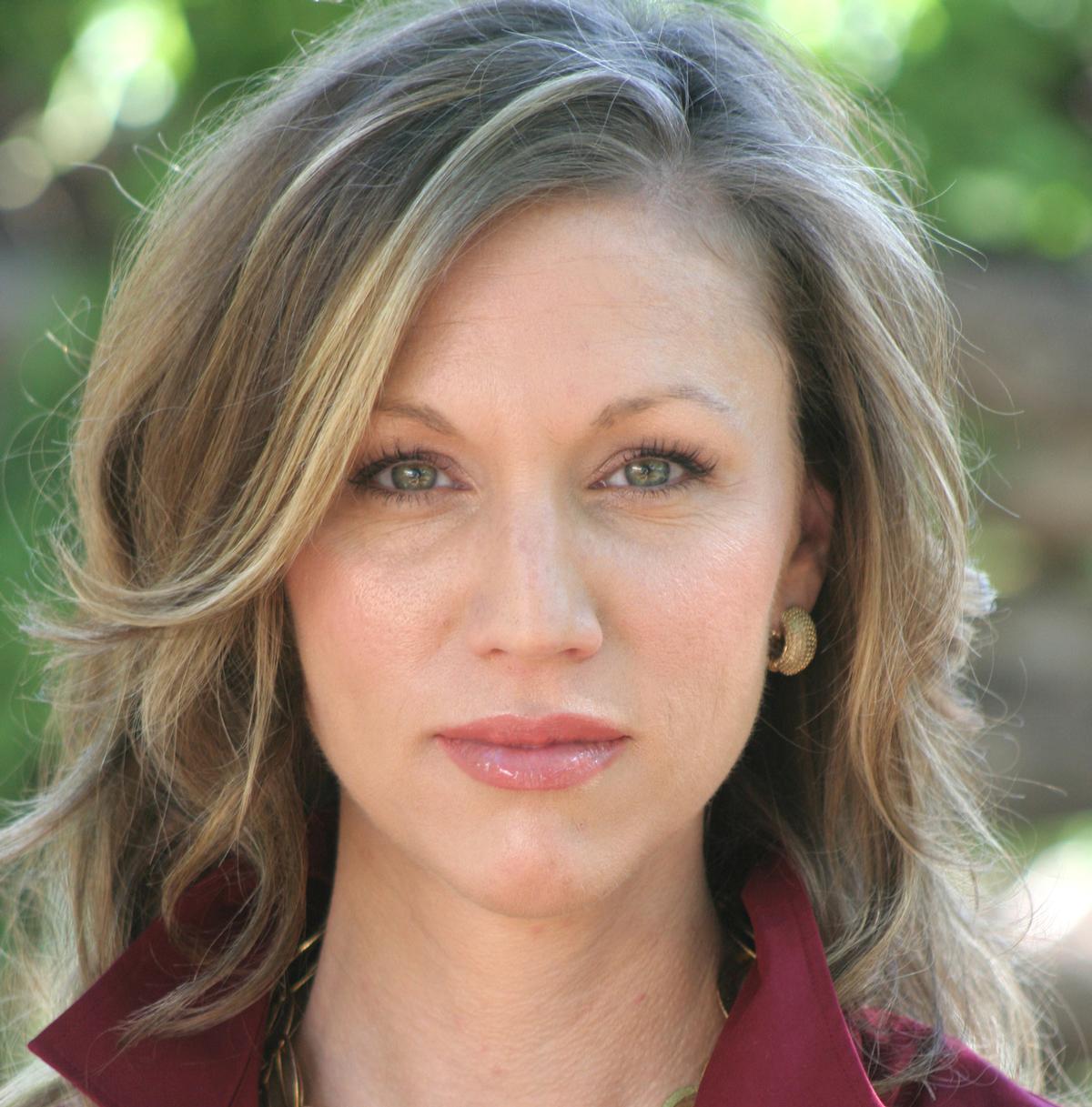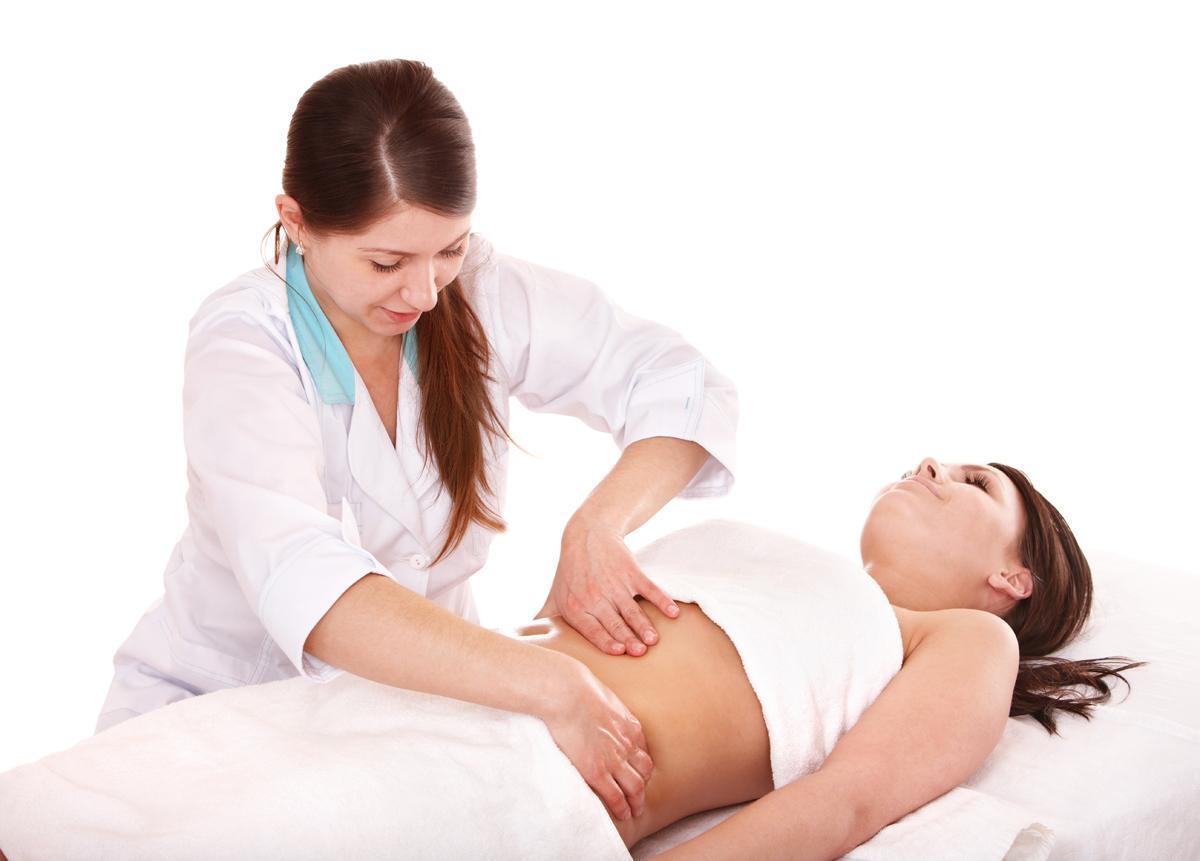see all jobs
Healthy profits for hotel spas in 2014, says trends report
Hotel spa department revenues grew 5.1 per cent in 2014, while profits grew 10.5 per cent, according to the 2015 edition of Trends in the Hotel Spa Industry, conducted by PKF Consulting.
The report also found that hotel properties with on-site spas had a higher average daily rate in 2014, and were able to increase room rates to a greater degree.
“The benefit of having a hotel spa can go beyond the direct financial contributions of the spa department,” said Andrea Foster, managing director of PKF Consulting.
Foster said the numbers suggest that guests find greater value in properties that have more extensive amenities and services available.
Spas operating within urban hotel properties enjoyed a stronger 7 per cent gain in revenue, compared to 4.4 per cent at resort hotel spas.
“This is consistent with the strong performance of the primary urban markets and the return of group demand,” said Foster.
Massage services continue to generate the most revenue for hotel spas, comprising 54.5 per cent of total spa revenue, followed by sales from skincare/body work (17.1 per cent), salon services (10.4 per cent) and retail operations (9.9 per cent). Revenues from these sources all increased by between 4-5 per cent from 2013 to 2014.
Leading in spa revenue growth on a percentage basis in urban hotels were the fees generated from selling memberships to local patrons.
“Revenues from local residents and members contribute 59 per cent of the revenue earned by urban hotel spas, compared to just 38 per cent at resort hotels,” Foster said.
The cost of operating a hotel spa increased by 3.4 per cent in 2014, but spa managers were able to suppress expense growth by limiting the rise in labour costs – the greatest expense within hotel spas – to just 2.9 per cent.
With revenues growing greater than expenses, hotel spa departments posted a healthy 10.5 per cent increase in department profits during 2014. Benefitting from the stronger gains in revenue, urban spas enjoyed a 13.1 per cent boost on the bottom-line, while resort hotels saw a 9.8 per cent profit gain.
Spa department profit margins averaged 25.4 per cent for the overall samples. Resort hotels (28.1 per cent) were more efficient than urban hotels (18.4 per cent) in converting spa revenues to profits. Meanwhile, higher wage rates in major cities contributed to a greater labour cost burden for urban hotel spas.
Foster said the future looks bright for hotel spas, with occupancy rates at the upper-priced lodging segments – in which most hotel spas operate – forecast to achieve all-time record levels from 2015 through 2017.
“Increased guest counts, combined with a growing desire for maintaining healthy lifestyles and enjoying unique experiences while travelling should result in a continuation of solid gains in spa department revenues and profits,” said Foster.
More News
- News by sector (all)
- All news
- Fitness
- Personal trainer
- Sport
- Spa
- Swimming
- Hospitality
- Entertainment & Gaming
- Commercial Leisure
- Property
- Architecture
- Design
- Tourism
- Travel
- Attractions
- Theme & Water Parks
- Arts & Culture
- Heritage & Museums
- Parks & Countryside
- Sales & Marketing
- Public Sector
- Training
- People
- Executive
- Apprenticeships
- Suppliers

















































